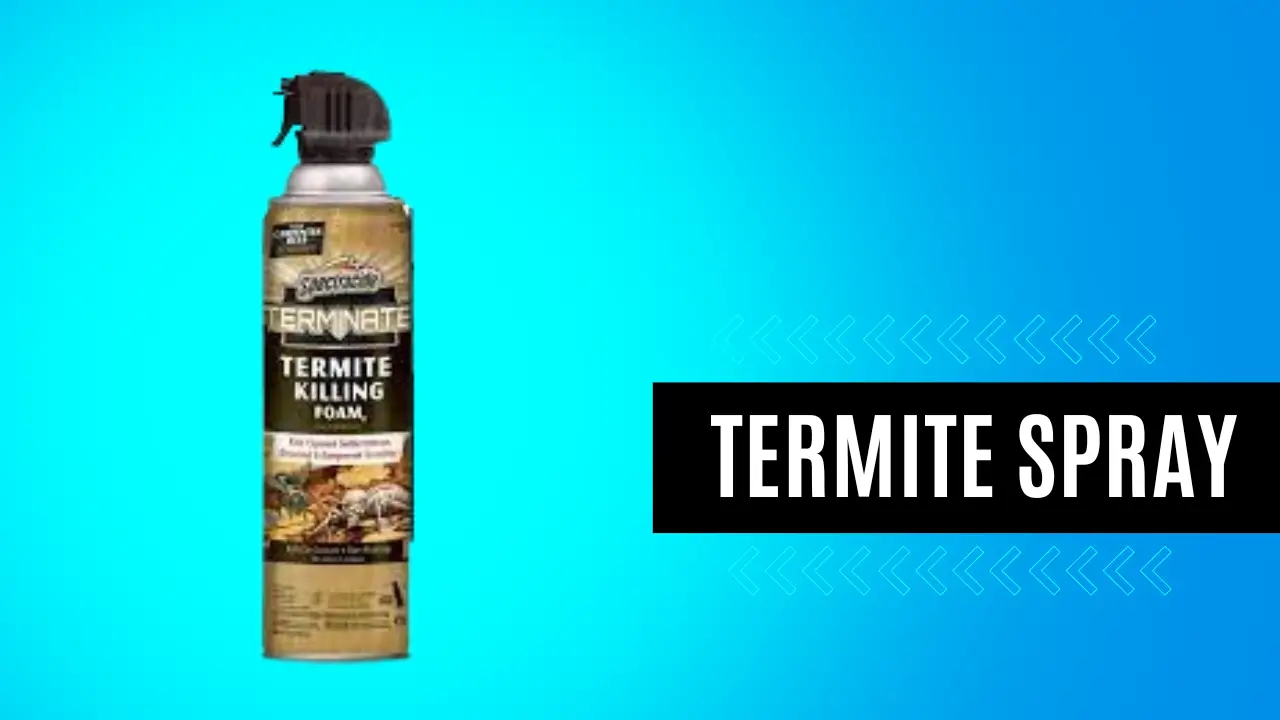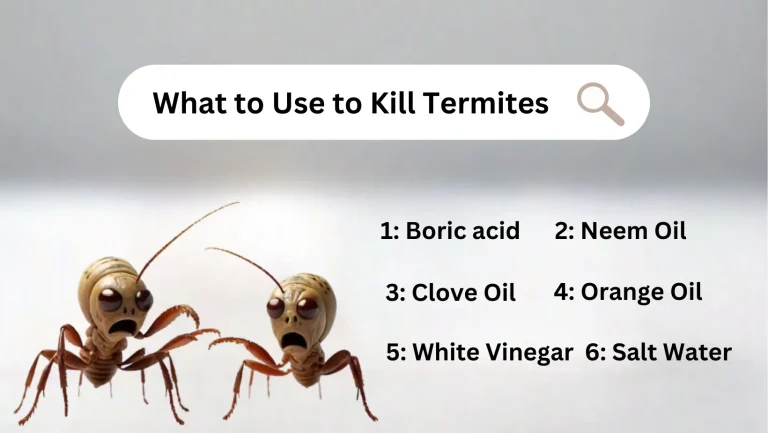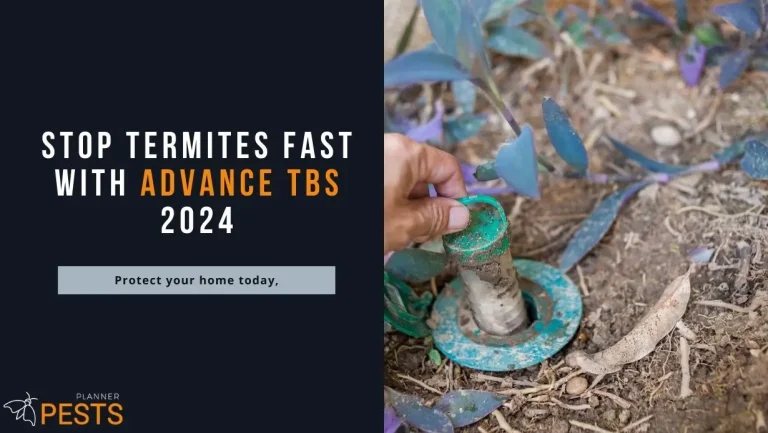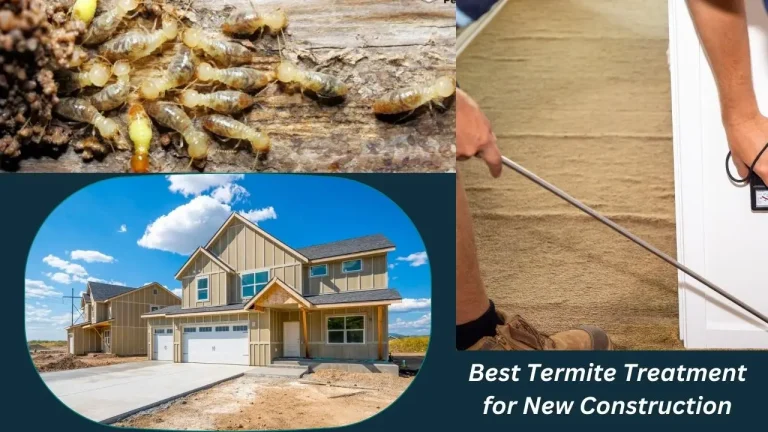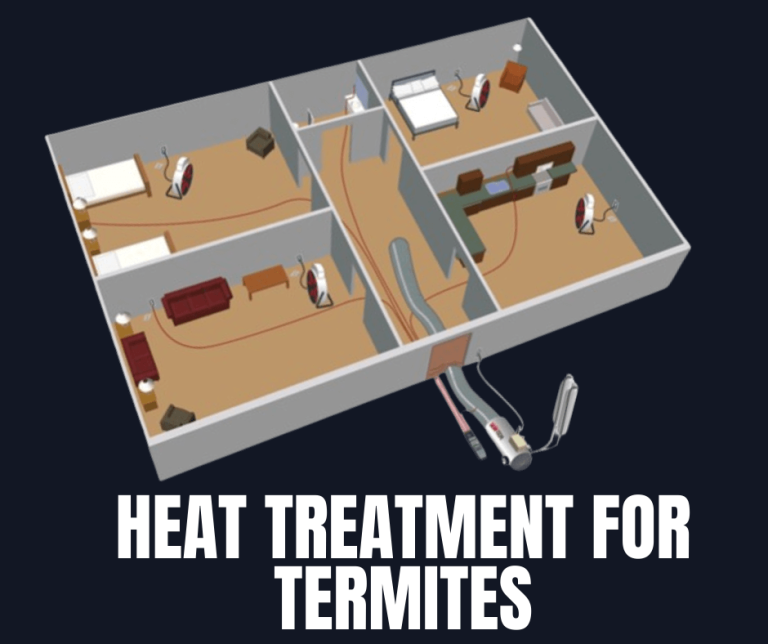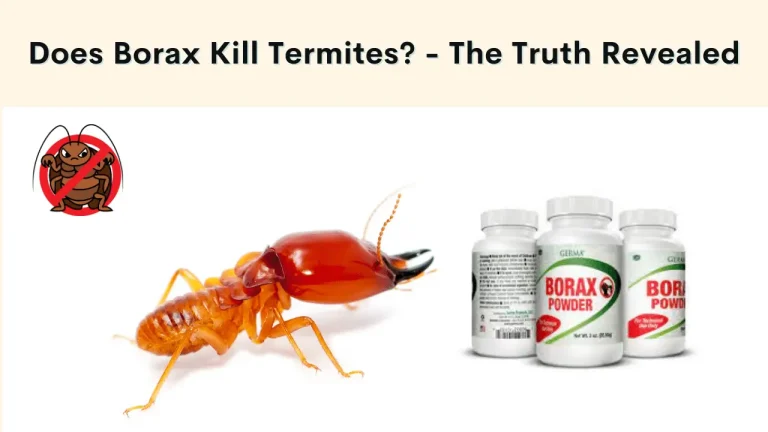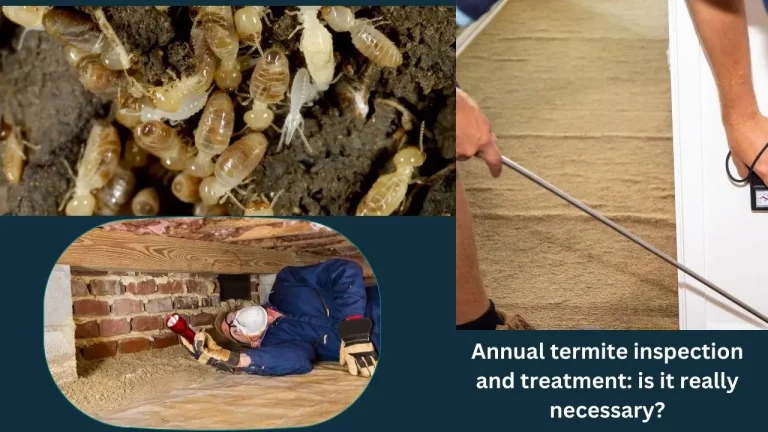Effective Drywood Termites Treatment – Get Rid of Drywood Termites
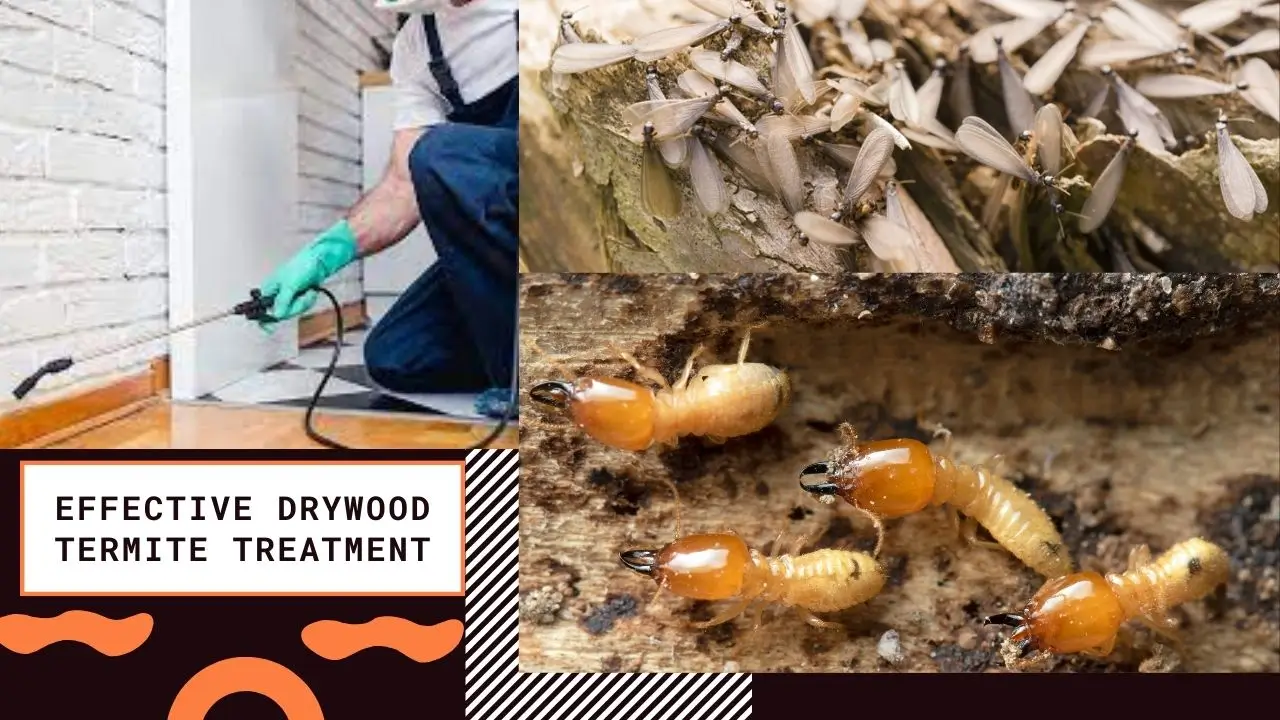
- What are Drywood Termites?
- Identifying a Drywood Termite Infestation
- The Damage They Cause
- Drywood Termite Treatment Methods
- What to Expect After Treatment
- How to Choose the Best Drywood Termite Treatment
- Drywood Termite Treatment Cost
- How to Get a Free Quote for Drywood Termite Treatment
- How Long Does Drywood Termite Treatment Last?
- Preventing Future Drywood Termite Problems
- Drywood Termite Treatment in California
- Frequently Asked Questions about Drywood Termite Treatment
- Key Takeaways
Termites are a common pest that can cause extensive damage to homes if left untreated. Drywood termites, in particular, can be extremely destructive as they feast on wood from the inside out, often unseen for years as the colony grows. Getting rid of a drywood termite infestation and protecting your home requires a customized integrated pest management approach and an effective drywood termites treatment plan.
What are Drywood Termites?
Drywood termites, scientifically known as Cryptotermes species, are common pests mostly found infesting the wood of structures in warm coastal climates. Unlike subterranean termites that nest in soil and maintain contact with the ground, drywood termites establish nests inside seasoned, dry wood making them more difficult to detect and treat.
There are two main species of the cryptotermes drywood termite genus in the United States:
- West Indian drywood termite (Cryptotermes brevis): Most common in southeastern coastal states.
- Pacific drywood termite (Cryptotermes undulans): Found along the Pacific Coast.
Drywood termites live in small colonies inside wood consisting of just a few hundred to a few thousand termites. A mature colony produces reproductives with wings known as alates that swarm to mate and establish new nests.
Identifying a Drywood Termite Infestation
Detecting drywood termites early is crucial but can be challenging as they remain hidden and cause damage secretly over time. Telltale signs of an infestation include:
- Wings: Seeing swarmers emerging inside or finding shed wings, especially around windows, may indicate an active infestation. Swarming happens in late spring and summer.
- Fecal pellets: Drywood termites push out pencil-tip-sized fecal pellets from their nests that accumulate as piles below infested wood. Watch for these six-sided wood-colored pellets, also known as frass, which indicate drywood termite activity.
- Hole damage: Infested wood eventually gets damaged with small holes about the diameter of a pen or insect pin. Tap wood with a screwdriver handle to check for hollow damaged areas.
- Mud tubes: Drywood termites construct shelter tubes only when briefly crossing masonry or stucco to reach wood. Subterraneans build extensive mud tunnel networks.
- Hollow sounds: Tapping wood with a screwdriver handle reveals an unusual hollow sound if termites have severely tunneled inside.
- Swarmers emerging: Seeing winged reproductive swarming inside room corners may indicate a mature colony is active inside wood.
Carefully inspect attics,unfinished basements, window frames, wooden elements along the roofline, support posts, decks, and wooden furniture for early signs of infestation. Catching them early is key!
The Damage They Cause
Once inside wood, drywood termites excavate intricate tunnel systems following the wood grain to feed on cellulose. A colony can severely damage dimensional lumber structural framing, floor joists, wall studs, support posts and wood paneling if left to feed unchecked.
The structural integrity of infested wood gradually diminishes over time as termites consume wood from the inside out. When severely damaged, infested wood can collapse under structural loads.
Drywood termites also commonly damage:
- Furniture
- Hardwood flooring
- Window frames
- Door frames
- Ceiling rafters
- Decaying tree stumps
- Wood patio furniture
- Fences or posts
- Barns sheds and cabanas
While subterranean termites require ground contact, drywood termites can feed on any accessible seasoned wood with low enough moisture content inside structures. Climatic moisture limitations generally restrict drywood termites to coastal areas, with infestations rarely occurring beyond coastal mountain ranges that block modifying ocean air masses.
Drywood Termite Treatment Methods
Professional pest control experts utilize specialized methods and targeted products to control drywood termite infestations. The most common approved treatment options include:
1. Fumigation
Fumigation involves sealing the entire structure with tarps before releasing a lethal colorless, odorless gas called sulfuryl fluoride. As the gas permeates throughout the space over 1 to 2 days, it eliminates all infestations inside the sealed structure.
When is fumigation used?
- Treating widespread severe multilocalized infestations when fumigation proves more economical than localized treatments in multiple rooms.
- When selling a property that requires a termite clearance letter – Fumigation offers full structure pre-treatment.
Aeration then allows safe re-occupancy once sufficiently cleared of any remaining gas. Mandatory evacuation is necessary during fumigation. After successfully eliminating the colony, fumigation offers long-term prevention only if maintaining an integrated pest management plan incorporating regular inspections and monitoring.
2. Localized Treatments
Applying insecticide dust or foam directly into wall voids and wood galleries through strategically drilled holes to eliminate localized infestations avoids structure-wide fumigation.
As alternatives to fumigants, common targeted treatment options include:
- Desiccants: Dust formulations like triflumuron, fipronil or diatomaceous earth that dehydrate termites disrupting their cuticle moisture balance.
- Insecticides: Liquid concentrates like imidacloprid or fipronil act as neurotoxins blocking termite nerve impulses.
- Growth regulators: Juvenile hormone mimics like novaluron prevent immature termites from molting and reaching adulthood to stop the colony cycle.
- Botanical insecticides: D-limonene orange oil extract dissolves the waxy cuticle causing death by dehydration. Low toxicity makes it suitable for sensitive areas.
After prepping surfaces and drilling entry points, applicators inject correct volumes of product using specialized dust or foam equipment to distribute active ingredient deeply into galleries for effective drywood termite control.
Strategic application directly into infested and surrounding at-risk wood provides contained treatment minimizing environmental release. Progress inspections help determine and touch up any missed or newly active areas.
3. Heat Treatment
Heat treatments for the control of drywood termite, Heating infested wood using propane-fueled heaters gradually warms the wood interiors to ~135°F over one to two days. Sustained heat exposure uniformly penetrates concealed spaces lethal to various life stages. Once wood temperatures cool and stabilize, new worker termites cannot successfully occupy previously infested wood protected by long-term borates.
When is heat treatment suitable?
- Effective for localized treatment of a few rooms or just furniture pieces.
- For more sensitive historic structures where fumigants pose material threat.
- For properties where occupants cannot vacant for fumigation.
As a nonchemical treatment, heat treatment offers an alternative when chemical concerns require a fumigant-free control solution, or when the infestation is limited to just a few rooms or wood furniture pieces.
4. DIY Drywood Termite Treatments
For very minor or localized visible infestations, homeowner-grade ready-to-use pesticides applied as a surface spray or directed into wall voids through holes may help suppress activity.
Common DIY treatment products include:
- Borate-based sprays: Inorganic salts applied directly onto wood where it penetrates to provide long-term protection against future attacks. Boric acid interferes with their metabolism.
- D-limonene sprays: Botanically derived orange peel oil extract that penetrates wood galleries and dissolves protective waxes causing dehydration.
- Insecticidal dust: Low-dose diatomaceous earth (DE) absorbs protective body oils when applied into wall voids reaching galleries. Silica DE shards abrade and damage external cuticle.
Professional applicators have access to more effective formulations and treatment methods than retail products available to homeowners. Improper use of over-the-counter products also risks unsatisfactory results.
For moderate or severe infestations inside wood, many experts recommend hiring a certified pest control company rather than attempting DIY treatment. Technician experience and technical application methods promote effective control.
What to Expect After Treatment
- Immediately after treating an active localized drywood termite infestation, ongoing survivor activity is normal until applied products fully eliminate the colony, which may take a few weeks. Treatment plans often include 2-3 applications spaced over several months targeting lifecycle stages. Follow your pest control company’s specific aftercare instructions.
- Once sufficiently eliminated, the infested space should no longer show signs of new damage or other activity indicating successful knockdown. Absence of termites swarming indoors also helps confirm previously infested areas remain protected.
- Avoid removing drill treatment holes so insecticides within wall voids continue contacting any termites or ants coming near damaged wood. Drill holes also mark previous activity sites for easier inspection.
- If unsure about treatment effectiveness within a few months, reach out to your pest control technician for a reinspection and to discuss additional spot treatments as needed until seeing satisfactory control results.
- Prevent future invaders through ongoing vigilance inspecting vulnerable wood annually, sealing exterior cracks, diverting moisture, and landscaping modifications. Integrated pest management combines different prevention and control methods for best protection long-term.
How to Choose the Best Drywood Termite Treatment
With different methods available to address infestations, homeowners understandably have questions about selecting the optimal drywood termite treatment strategy for their situation. Weigh these key considerations when deciding on professional treatment:
1. Treatment Process and Convenience
Compare details like required preparation, actual treatment time, evacuation requirements, and when you can safely re-enter the property. For example, fumigation requires you to completely vacate the structure for 3+ days which may require making alternate accommodation plans for your family.
2. Method Effectiveness
Localized professional treatments offer results comparable to fumigation for contained infestations, while being less disruptive and usually more affordable. Heat and spot treatments effectively eliminate localized colonies in furniture or rooms. Fumigation offers whole-structure protection.
3. Extent of Infestation
Your pest control technician should clearly define the impacted areas to treat after a thorough inspection of wood damage and activity signs. Treating just a few rooms or pieces may warrant a localized or heat treatment approach versus fumigating an entire heavily infested home.
4. Location of Infestation
The location of impacted wood also determines if it’s reachable for liquid or dust applications without excessive drilling or damage, essential in the drywood termite treatment guide. Tricky areas like wall studs or support posts surrounded by wiring may favor fumigation if access proves extremely difficult for drilling and injecting galleries effectively.
Analyzing these factors helps match the optimal treatment method to the details of your specific infestation scenario.
Drywood Termite Treatment Cost
Like any home repair project, your budget influences decisions about addressing a drywood termite problem. Typical average costs range:
Professional Treatment Methods
- Fumigation: $3,000 to $5,000+ for a single-family detached home. Actual fumigation expenses depend mainly on building size. There is economy of scale for apartments or multi-building properties allowing costs per unit to reduce with greater square footage treated, emphasizing the strategy to kill drywood termites effectively.
- Localized/Spot Treatment: $500 to $2,000 depending on the number of rooms requiring treatment. Treating a few isolated rooms generally falls on the lower end of this price scale and can be an effective way to get rid of drywood termites.
- Heat Treatment: ~$1,500 to $2,500 if heating just specific rooms or furniture pieces. Heat treating an entire house generally costs closer to whole structure tent fumigation.
- Preventive Wood Treatment: $10 to $20 per gallon for borate-based sprays. Preventing exposure to moisture and food also helps deter invasion.
DIY Treatment Products
- Hardware Store Sprays: $10 to $50 per bottle for ready-to-use orange oil or borate treatments. Only practical for very minor visible infestations. Results vary based upon proper thorough application.
- Diatomaceous Earth: $10 to $15 per bag. Must use food-grade quality for insecticidal dust treatments.
When quoting, companies consider factors like square footage, infestation extent, treatment access, number of stories, local market rates, and product/labor expenses. Get at least three quotes to compare fair market value. Professional application rates based on precision treatment processes offer good value supported years of experience.
How to Get a Free Quote for Drywood Termite Treatment
The best way to get an accurate estimate for drywood termite treatment is to contact a qualified pest control professional. They will be able to inspect your home and assess the extent of the infestation, and then provide you with a quote for treatment.
Here are some tips for finding a qualified pest control professional:
- Ask your friends and neighbors for recommendations.
- Check online reviews.
- Get quotes from at least three different companies before making a decision.
- Make sure the company is licensed and insured.
How Long Does Drywood Termite Treatment Last?
- Fumigation: The potent gas penetrates throughout the entire sealed structure killing whole colonies along with other wood destroying insects and pests. This offers thorough elimination and multi-year protection for the one-time investment. Some centers of activity may survive within extremely dense or difficult-to-access wood. Any missed areas could allow gradual re-infestation over subsequent years if conditions again become favorable.
- Localized Treatments: Precision applications targeting galleries within damaged wood protects the treated zones for 1 to 5+ years depending upon products/rates used. Surviving satellite nests located away from applications may eventually grow and requires repeat inspection and touch-up treatments over time.
- DIY Treatments: Surface-level sprays generally repel drywood termites for 6 to 12 months before reapplication is needed as the residual effects diminish. Results greatly depend on proper application directly into galleries. Only small visible localized areas can be treated by homeowners without drilling, limiting effectiveness of DIY efforts.
- Preventive Wood Sprays: Borate-based wood preservatives bond well within the wood fiber for 5 to 10 years of protection against future attacks by a variety of wood boring insects. It helps reinforce uninfested wood but doesn’t eliminate active colonies already inside damaged wood.
Following your pest control technician’s recommendations for ongoing monitoring and preventive care reinforces treatment longevity and protects the structure from re-infestation long-term. An ounce of prevention truly pays off when dealing with persistent pests like termites that aggressively seek vulnerable wood whether part of your home or landscape features.
Preventing Future Drywood Termite Problems
Integrated pest management combines preventive maintenance, thorough inspections, and applying necessary spot treatments. DIY tips and working with professionals helps protect homes:
Around the Home Exterior
- Eliminate wood debris piles against the foundation where it remains moist promoting decay fungi termites feed upon.
- Ensure dirt completely covers any underground foundation walls to deter concealed access by subterranean termites.
- Trim back foliage blocking ventilation and sunlight from siding key to drying vulnerable wood.
- Replace decaying roof shingles or leaking gutters directing moisture into wood attracting drywood colonies.
- Seal noticeable gaps or cracks in finished exterior surfaces that could offer entry around windows, doors, pipes, wiring etc. Copper mesh adds a long-term physical deterrent.
- Modifying landscape irrigation spraying patterns to avoid consistently wetting a home’s wood exterior helps deter fungal growth and wood decay.
Within the Home Interior
- Routinely check within unfinished basements or crawl spaces for signs of swarmers or damage, especially near foundation wood, to promptly address drywood termites in your home.
- Consider installing monitoring stations containing wood blocks within concealed void spaces only accessible to termites for early detection before visible structural damage.
- Ensure bathroom exhaust fans properly duct outside rather than simply filtering moisture into attic rafters or wall voids where it accumulates.
- Upgrade old single pane windows allowing condensation encouraging indoor moisture where termites thrive.
- Follow proper firewood storage procedures only bringing needed portions indoors to prevent introduction of wood pests.
Protecting Wooden Elements
- Apply borate-based wood preservative solution onto uninfested dimensional lumber structural wood during initial builds or renovations for preventive maintenance inside wall voids. The residual effects discourage drywood termite colonization within treated locations for 5+ years.
- Specify naturally resilient woods like redwood, cypress, or cedar for outdoor fixtures. Their natural durability and moisture resistance helps deter fungal decay and damage making them less appealing to termites.
- Ensure outdoor fixtures avoid direct contact with soil and promote drainage. Elevate posts atop concrete piers or metal brackets.
- Dispose firewood debris from dead/dying trees quickly since termites may directly infest this easy food source if left lying near structures.
Drywood Termite Treatment in California
As a generally warm coastal state with regions exceeding 15+ inches of annual rainfall, California homes face substantial drywood termite pressure given abundant food and moisture vital for their survival. Both the West Indian and Pacific species infest structures statewide.
Southern California
The greater Los Angeles area down through San Diego commonly encounters drywood termites, especially inland away from the drying influence of marine air where slightly lower interior humidity benefits the cryptotermes genus. Interior valley regions of southern California also battle drywood termites which spread along historic wooded foothill suburban construction.
Central and Northern California
The San Francisco Bay Area and Sacramento metropolitan zone holds sizable potential for drywood termite presence despite the lack of tropical or subtropical climates, as even cooler coastal air carries higher humidity. Urban forests help support localized colonies clustered around remnant tree stumps and wooded parks. Further inland, the wood-framed mining communities dotting the foothills and High Sierra zones also present opportunities for colony establishment any place where sufficient sheltering crevices exist.
Treatment Challenges
The high cost of property in California means homes are often built very close together on small parcels. The minimal treatment buffer between structures covered under fumigation tarps makes avoiding gas seepage into neighboring homes difficult in dense housing tracts. This complication makes whole house tenting unpopular. Instead, precision localized drywood termite treatments through drilled small access holes gain favor by allowing more targeted elimination without excessive indoor use. Always check regional ordinances and regulations when planning management approaches.
Frequently Asked Questions about Drywood Termite Treatment
Q: Can I get rid of drywood termites myself?
For minor visible infestations, various DIY methods may suppress termites. However, reaching hidden or extensive colonies inside wood often requires professional equipment and products for satisfactory control.
Q: Does home insurance cover drywood termite fumigation or repair costs?
Standard policies may cover treatment and repairs for unexpected damage from a sudden structural failure due to termites. But preventive treatment and gradual damage accruals over time generally falls under home maintenance excluded from coverage. Check your specific policy.
Q: How long does it take for drywood termites to cause damage?
A colony invading a structure early on may feed unseen for 2 to 8 years before signs become noticeable. Once a colony matures, drywood termites damage wood rapidly and can severely compromise structural integrity over just months once heavy feeding commences. Visible damage represents extensive hidden destruction, often indicated by sawdust from termite galleries.
Q: What happens if drywood termites are left untreated?
Failing to treat active drywood termite colonies inevitably worsens wood decay until infested lumber can no longer withstand structural loads. Unexpected collapse risks injury hazards. Severe cases require extensive structural replacement and major repairs costing thousands of dollars if not treated promptly.
Q: Can you get rid of drywood termites without tenting?
Yes, localized precision applications of dust or foams directly into galleries can eliminate colonies without sealing and gassing the entire home. Heat and orange oil treatment also avoids fumigation. Precision treatments specifically target the infested wood rather than the entire structure.
Q: What smells and tastes good to termites?
Termites greedily consume cellulose-rich woods low in lignin that are partially decayed by moisture, fungi and bacteria – essentially microbe-conditioned wood. They cannot directly digest fresh undecayed wood. Each species has preferred conducive moisture zones.
Key Takeaways
- Drywood termites live secretly inside wood feeding on the interior lumber framing, often going undetected for years until severe structural degradation becomes visible.
- Getting professional inspections and adopting IPM tactics before extensive damage helps secure property longevity termite-free.
- Using a combination of preventive maintenance, precision spot treatments, and fumigation if absolutely necessary gives structure protection.
- While home do-it-yourself efforts seem appealing for cost savings initially, consider potential expenses stemming from inadequate control of unchecked population spread.
- Investing in year-round protection measures reduces chances of fighting major colony clusters down the road within wall voids and framing lumber requiring invasive repairs.
- An ounce of prevention truly proves worth a pound of cure when ensuring homes and valuable furnishings resist drywood termite havoc through proactive pest-deterrent steps.

